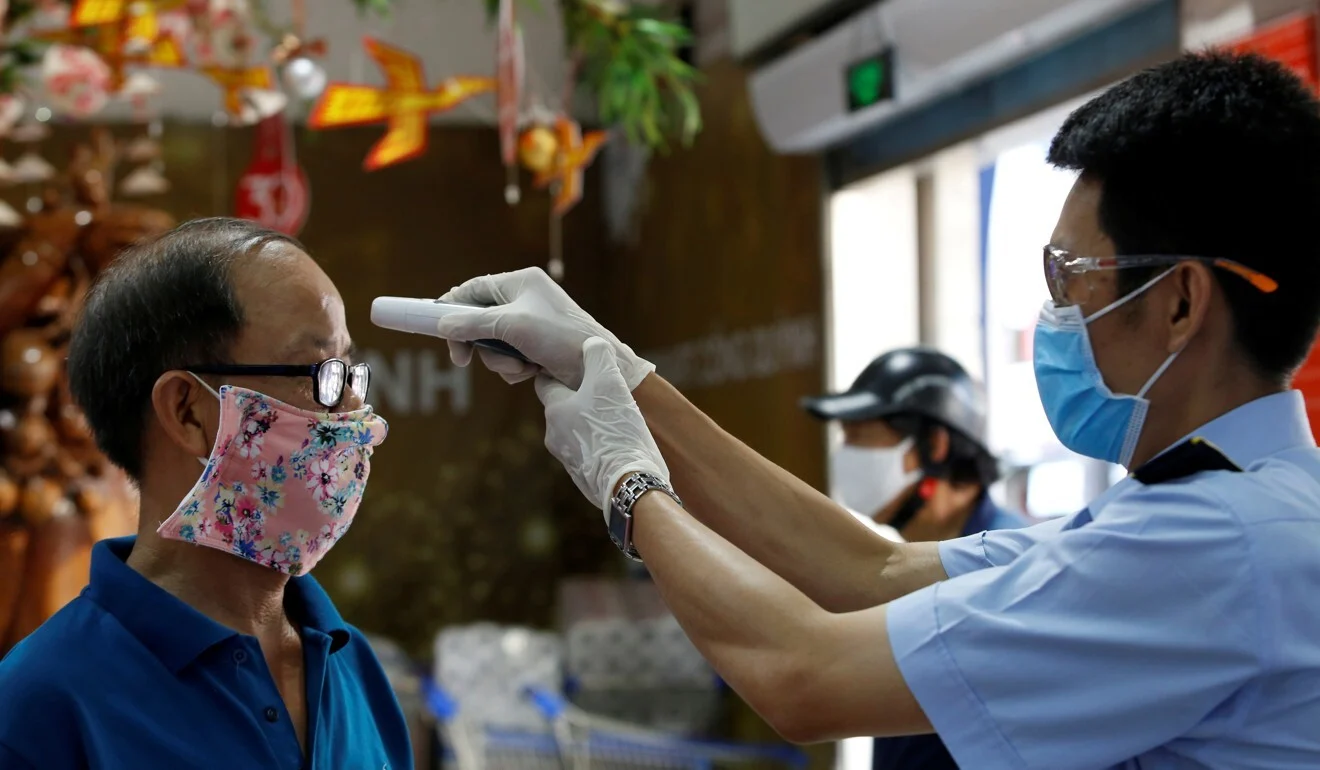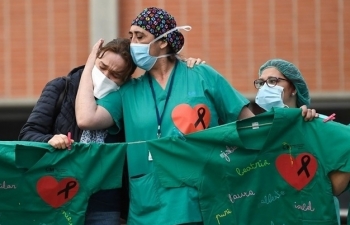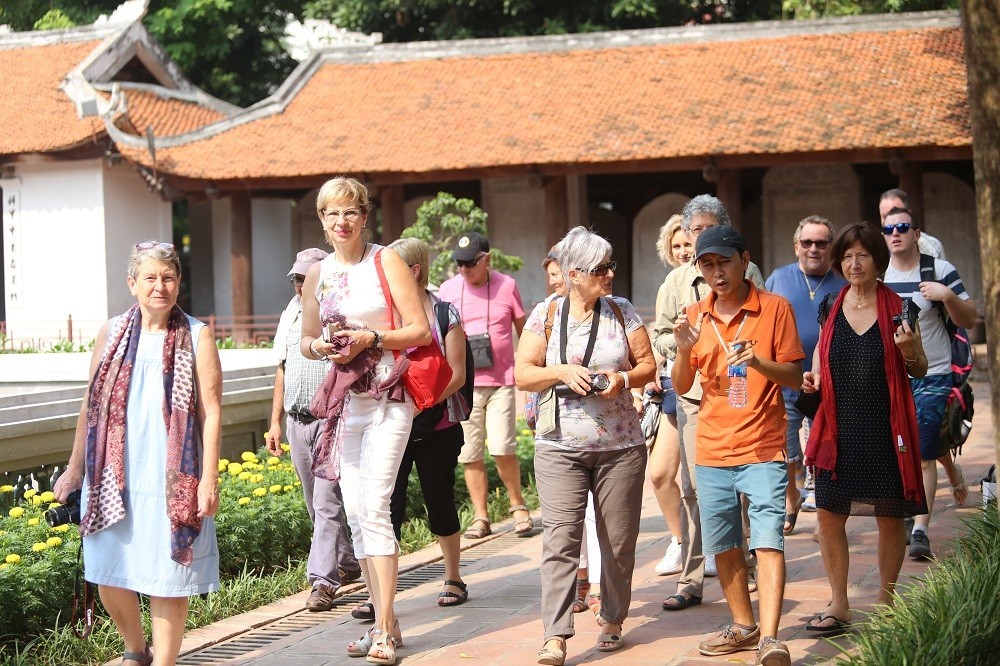Coronavirus can travel up to 4 metres
 |
| Social distancing involves minimizing exposure to infected individuals by avoiding large public gathering venues, adhering to spacing requirements in the workplace, and following proper personal hygiene practices. |
According to AFP, the preliminary results of the investigation were published on Friday in Emerging Infectious Diseases, a journal of the US Centers for Disease Control and Prevention (CDC).
They add to a growing debate on how the disease is transmitted, with the scientists themselves cautioning that the small quantities of virus they found at this distance are not necessarily infectious.
The researchers, led by a team at the Academy of Military Medical Sciences in Beijing, tested surface and air samples from an intensive care unit and a general COVID-19 ward at Huoshenshan Hospital in Wuhan. They housed a total of 24 patients between Feb 19 and Mar 2.
They found that the virus was most heavily concentrated on the floors of the wards, "perhaps because of gravity and airflow causing most virus droplets to float to the ground".
High levels were also found on frequently touched surfaces like computer mice, rubbish bins, bed rails and doorknobs.
"Furthermore, half of the samples from the soles of the ICU medical staff shoes tested positive," the team wrote. "Therefore, the soles of medical staff shoes might function as carriers."
The team also looked at so-called aerosol transmission - when the droplets of the virus are so fine they become suspended and remain airborne for several hours, unlike cough or sneeze droplets that fall to the ground within seconds.
Aerosols, by contrast, can potentially travel across far greater distances; the virus that causes chickenpox, for example, can travel tens of yards from an infected person and incite secondary infections elsewhere in the environment, and can remain in an area even after the person who emitted them has left.
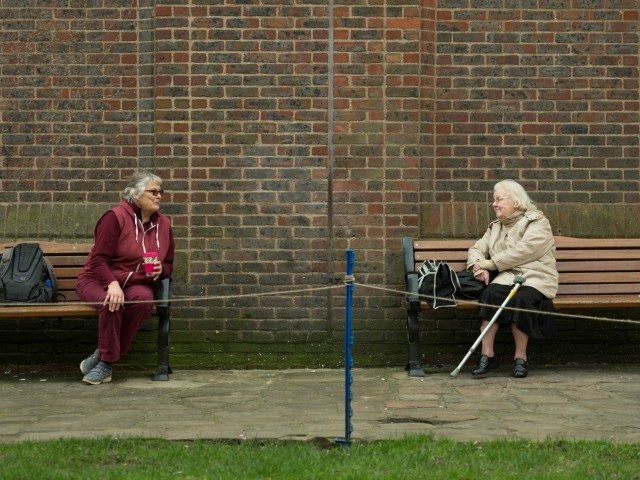 |
| People practice social distancing during the coronavirus (COVID-19) pandemic throughout the US, March 20. |
They found that virus-laden aerosols were mainly concentrated near and downstream from patients at up to 4m – though smaller quantities were found upstream, up to 2.4m.
Encouragingly, no members of the hospital staff were infected, "indicating that appropriate precautions could effectively prevent infection", the authors wrote.
They also offered advice that bucks orthodox guidelines: "Our findings suggest that home isolation of persons with suspected COVID-19 might not be a good control strategy" given the levels of environmental contamination.
Aerosolisation of the coronavirus is a contentious area for scientists who study it, because it is not clear how infectious the disease is in the tiny quantities found in ultrafine mist.
The World Health Organization has so far downplayed the risk.
US health authorities have adopted a more cautious line and urged people to cover their faces when out in public in case the virus can be transmitted through normal breathing and speaking./.
 | Vietnam delivers $50,000 to Myanmar for COVID-19 fighting Vietnam has handed over US$50,000 to Myanmar in a move to support the neighboring country in the fight against novel coronavirus disease (COVID-19), VNA reported |
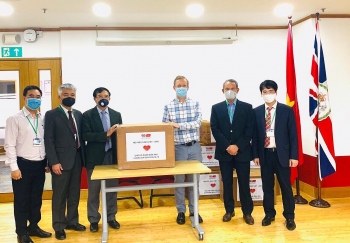 | Friendship associations exert themselves to assist the Covid-19 fight The world finds itself today facing a real crisis with human lives lost every hour to a disease called COVID-19 caused by a virus named ... |
 | Japan's startup develops antibacterial copper fiber sheet A thin sheet of copper fiber that can speed up the process of inactivating virus particles, potentially stopping them from causing infections, has been developed ... |
Recommended
 World
World
India sending Holy Relics of Lord Buddha to Vietnam a special gesture, has generated tremendous spiritual faith: Kiren Rijiju
 World
World
Why the India-US Sonobuoy Co-Production Agreement Matters
 World
World
Vietnam’s 50-year Reunification Celebration Garners Argentine Press’s Attention
 World
World
"Will continue offering our full support to Indian govt": US FBI Director after Pahalgam attack
Popular article
 World
World
"Great Leader": JD Vance Lauds PM Modi During His India Visit
 World
World
Trump’s Tariff Pause: A Strategic Move from “The Art of the Deal”?
 World
World
"Indian Navy's participation in AIKEYME exercise matter of great happiness": Admiral Dinesh Kumar Tripathi
 World
World

